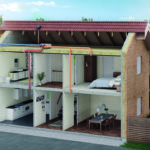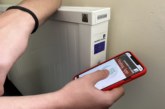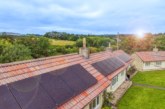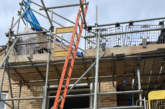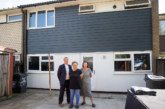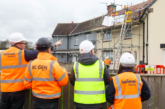Rebecca McLean discusses how the latest ventilation technologies can contribute towards a Net-Zero objective.
Earlier this year, the UK became the first major economy to commit to Net-Zero emissions by 2050. Industry body BEAMA launched its ‘Net-Zero by Design’ report in September 2019, backed by heating and ventilation manufacturers, which sets out the industry’s commitment to meeting the UK’s 2050 target.
This report sets out how to ensure Net-Zero can be commercially viable for businesses and consumers. It includes immediate actions to reform Building Regulations, setting ambitions high within this round of the Part L review which would send clear signals to the new-build sector to phase out high-carbon technologies and enable storage capacity, as well as setting higher standards for existing homes in the UK. BEAMA also highlights the opportunities for our sector to take the lead on deploying low-carbon technology at scale to enable a Net-Zero future.
As UK buildings become more airtight and better insulated with lower heat requirements, this means that ventilation needs to be taken more seriously in order for homes to deliver good indoor air quality for healthy living. Technologies in the home are required to utilise less energy, generate less carbon and other emissions than ever before and ventilation systems can be contribute towards achieving this objective.
At first glance, ‘natural’ or ‘purge’ ventilation, such as opening windows and doors, is less energy than mechanical systems because it is uncontrolled. In fact, research has shown that opening windows and doors to ventilate a home can account for around one third of space heating energy lost, due to the amount of warm air that flows outside. There is also an issue for homes in areas of high pollution, or where there are high noise levels, such as near rail or rail networks or airports, where it is unrealistic to ventilate a property using natural means.
Older, draughty homes that have excessive air escaping can cause a similar problem. While they may provide a good level of passive ventilation to a home, they are a major source of heat loss and can make rooms feel uncomfortably chilly. Energy loss can be significantly lower with mechanical ventilation systems, such as MVHR and Positive Input Ventilation (PIV).
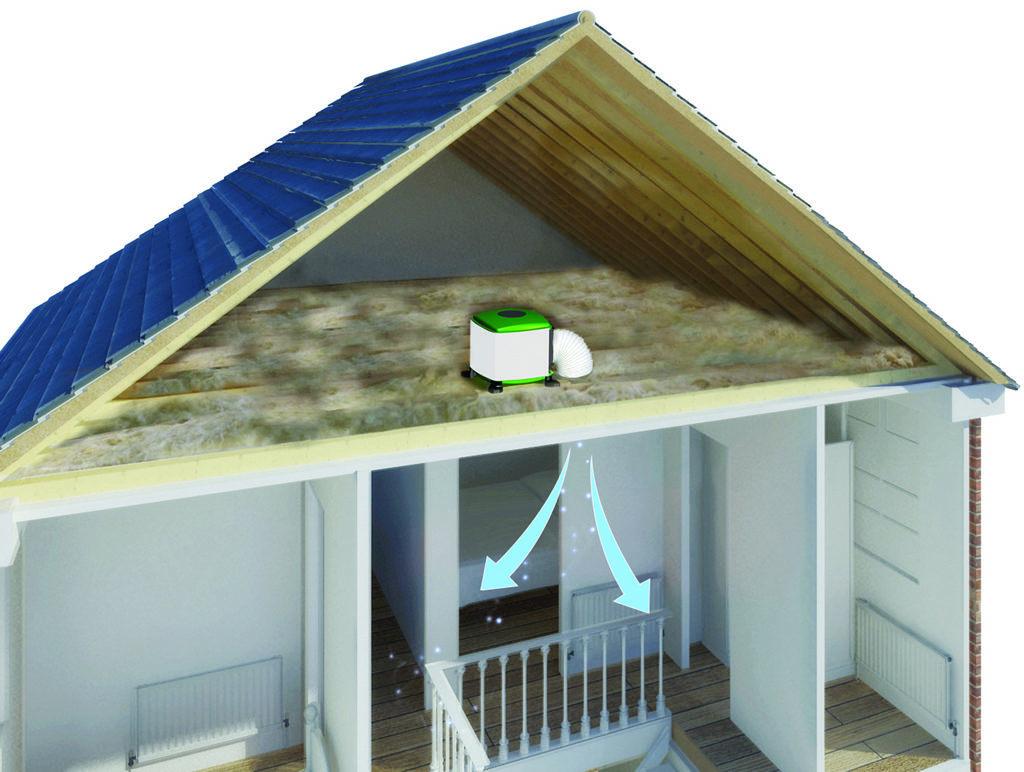
Mechanical ventilation with heat recovery
Modern homes are much more airtight than in previous generations, due to the requirements of Approved Document Part L1A: Conservation of Fuel and Power in new dwellings, which means reduced heat loss and improved energy efficiency, however this can lead to issues with ventilation and poor indoor air quality. Mechanical Ventilation with Heat Recovery (MVHR) systems also known as ‘whole house heat recovery ventilation’ are a popular choice for many new homes as they provide a controlled amount of clean, fresh air that is vital for the health and wellbeing of a household.
Whole-house MVHR systems extract warm, damp air from the home and draw in fresh air from the outside. The warm, extracted air is passed over a heat exchanger before being expelled outside. Simultaneously, the fresh outside air then passes through the heat exchanger, without coming into direct contact with the exhaust air, where it collects this heat energy and delivers it into the habitable rooms of the home, meaning heat loss from ventilation is largely avoided.
The householder can therefore spend less on heating their property, reducing costs by around 25%*, therefore saving money and ensuring a healthy, well ventilated home.
Mechanical Ventilation with Heat Recovery is increasingly used to reduce the heating and cooling demands of buildings. Heat recovery systems typically recover about 60–95% of the heat in exhaust air and can significantly improve the energy efficiency of buildings, contributing towards the requirements of Net-Zero. However, MVHR is only really suitable when a complete refurbishment of a dwelling is being undertaken or for new-build.

Positive Input Ventilation
Meeting Net-Zero also means that existing homes need to have reduced energy demands. Technologies such as PIV (Positive Input Ventilation) operate with extremely low energy and can make a dramatic difference in removing excess moisture. These can be installed relatively quickly and simply into existing homes.
Local authority maintenance departments come under pressure in the autumn and winter from the burden of dealing with issues of mould eradication in properties, which can be a constantly reoccurring problem when an effective controllable ventilation solution is not implemented. For many local authorities, PIV represents an effective way to prevent issues with condensation and mould and delivers good quality indoor air quality to a home.
Research and development into making ventilation systems ever more energy-efficient continues. And, as we move towards a lower carbon economy in this country, we are working alongside others in our industry to deliver ventilation solutions with less energy demands that are compatible with achieving Net-Zero.
*Source: Centre for Sustainable Energy
Rebecca McLean is Marketing & Product Director at EnviroVent

